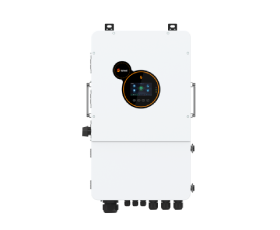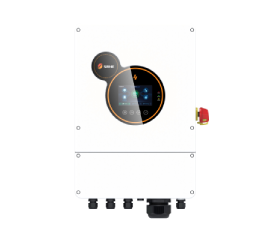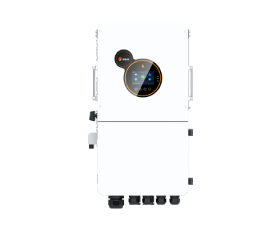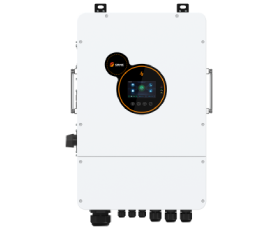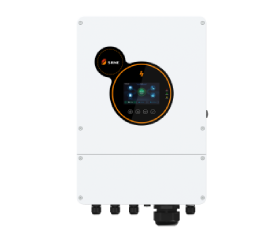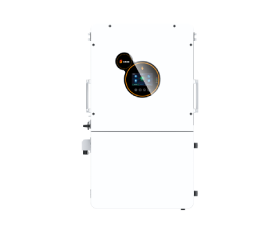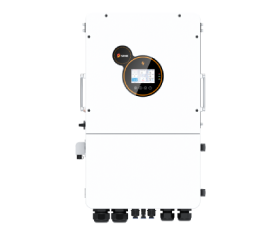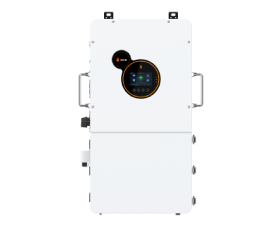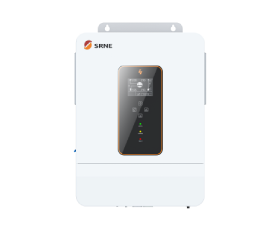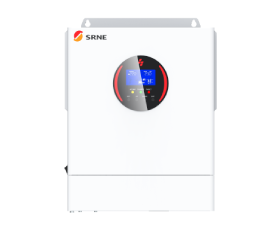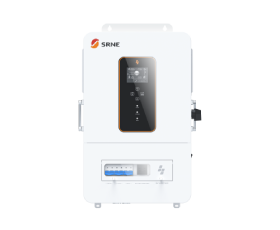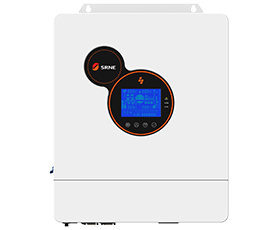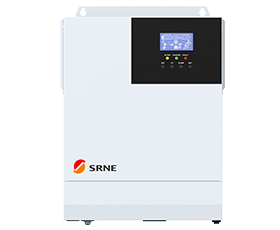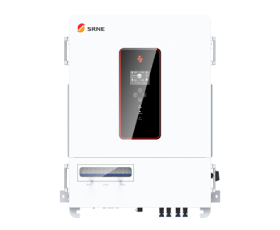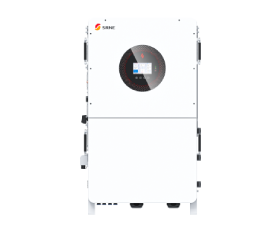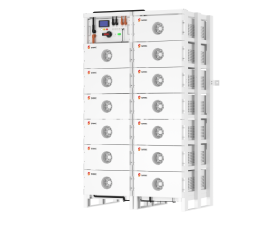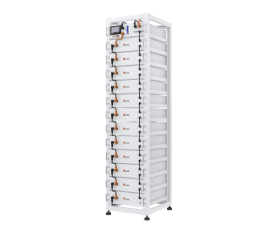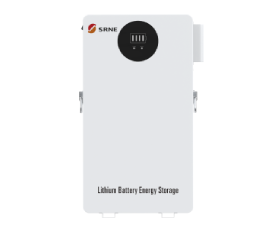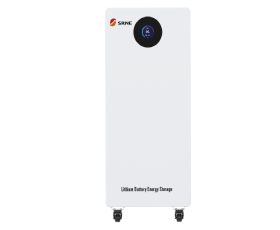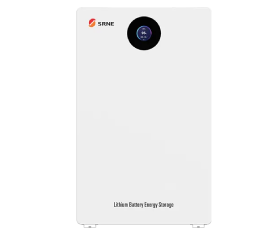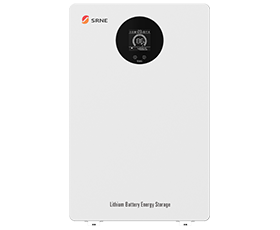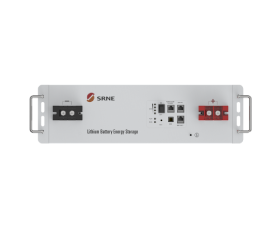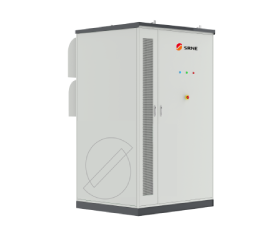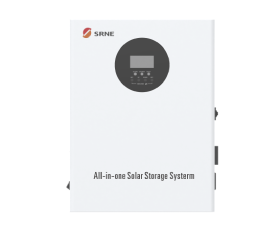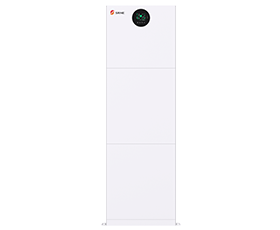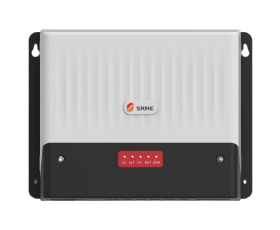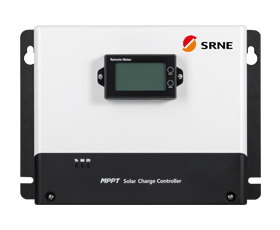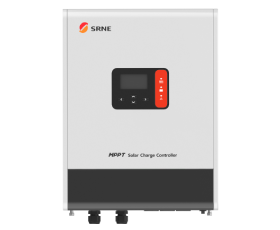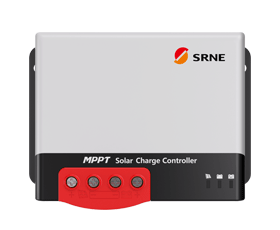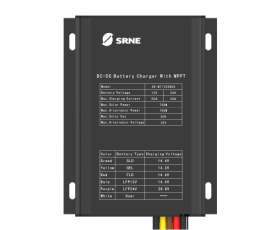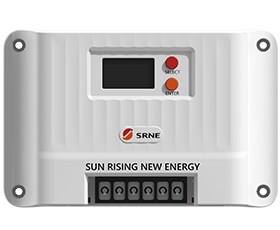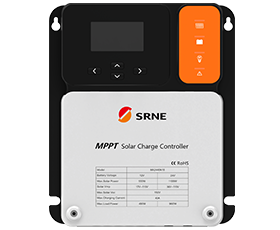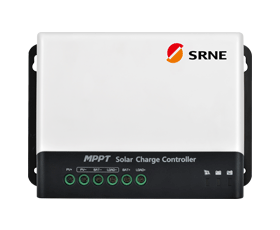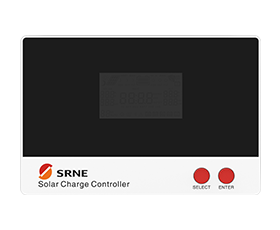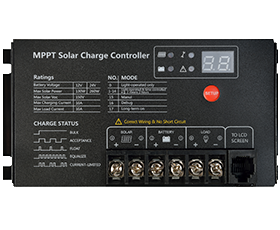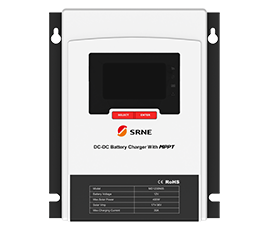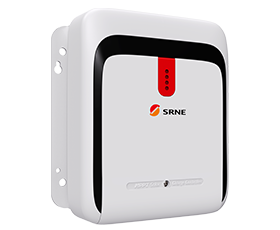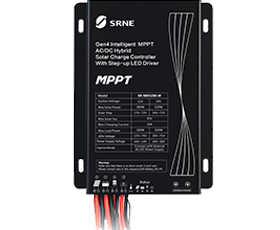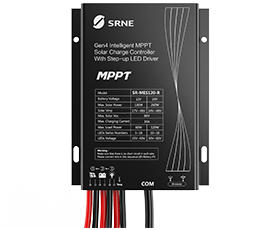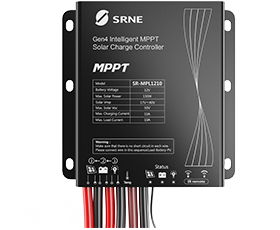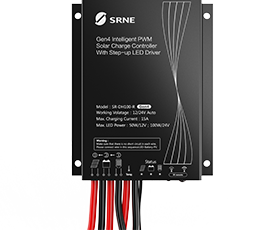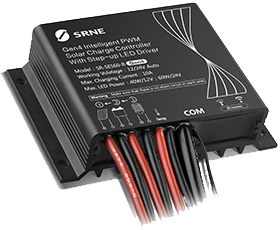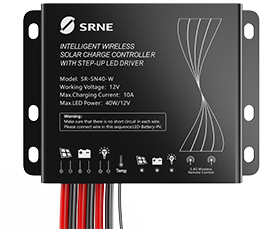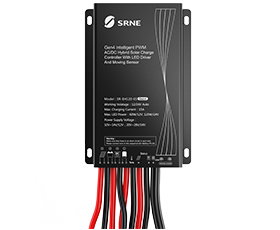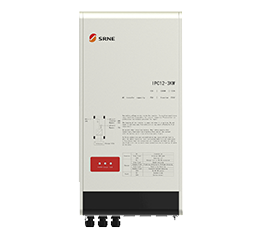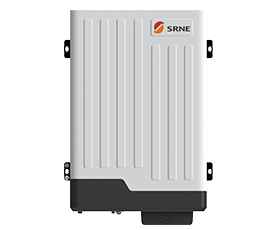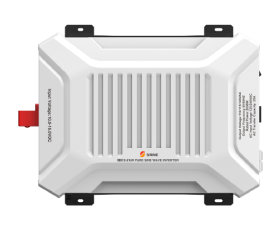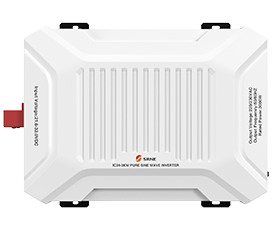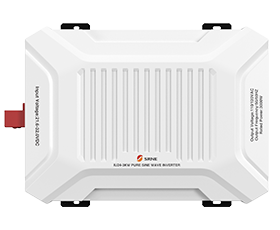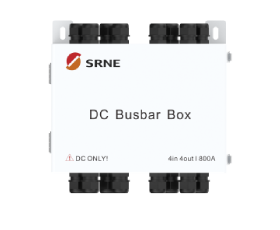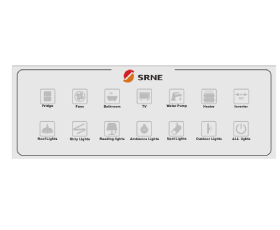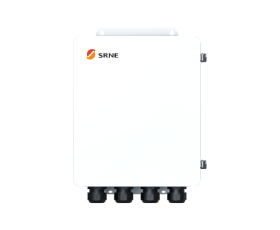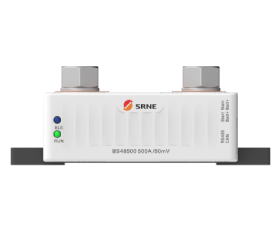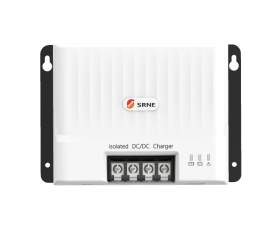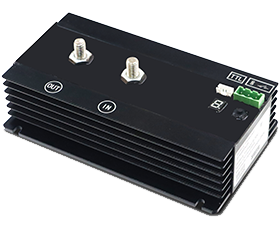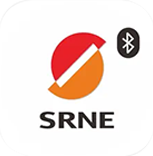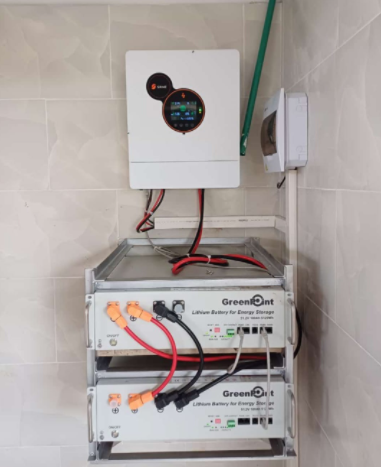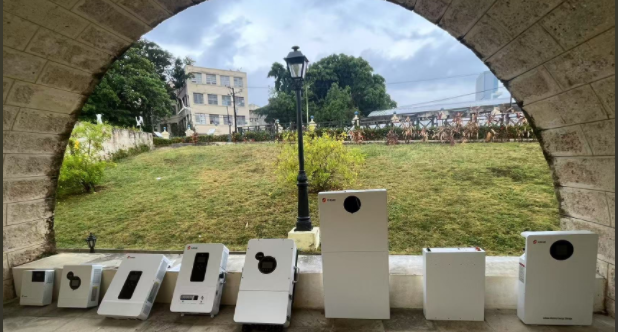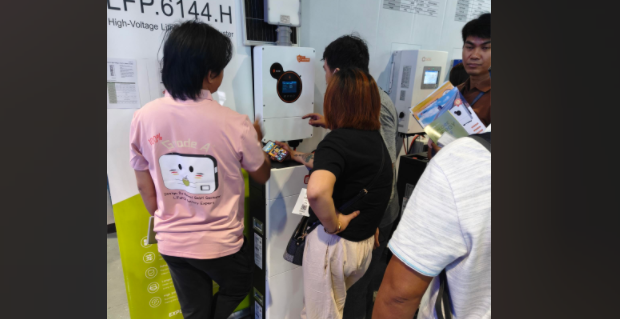Hybrid Solar Inverters: Pros, Types & More
As solar energy becomes more mainstream, the demand for smarter, more versatile power solutions continues to rise. Hybrid solar inverters are at the heart of this evolution, offering a seamless way to integrate solar panels, battery storage, and grid connectivity into one intelligent system.
This article explores what hybrid inverters are, how they work, their core functions, pros and cons, the different types available, and whether they can support a fully off-grid energy lifestyle—helping you make informed decisions for a more efficient and resilient solar setup.
What Is a Hybrid Inverter?
A hybrid inverter is a next-generation power management unit designed to unify solar energy production, battery storage coordination, and grid interaction into a single streamlined system. Rather than functioning as a standalone solar inverter, it acts as the central control hub for dynamic energy flow within a distributed power setup.
What sets hybrid solar inverters apart is their ability to adaptively balance energy supply and demand. When sunlight is abundant, they prioritize solar utilization; when consumption rises or sunlight dips, they can draw from stored battery reserves or connect to the utility grid. This intelligent coordination not only optimizes energy usage but also empowers homeowners to make the most of their renewable investment.
More than just a converter, a hybrid solar inverter enables systems to respond proactively to changing conditions—whether it's shifting weather, fluctuating electricity prices, or an unexpected power outage. For users aiming to enhance energy independence, improve resilience, and lay the groundwork for future off-grid capability, hybrid inverters offer both the foundation and flexibility to do so.
For a more detailed breakdown of hybrid inverter technology, system design tips, and real-world application scenarios, check out
https://www.srnesolar.com/articledetail/the-ultimate-guide-to-solar-hybrid-inverters.html
Core Functional Roles of a Hybrid Solar Inverter
Acting as the operational brain of a solar-plus-storage system, a hybrid solar inverter does more than just process energy—it actively interprets, redirects, and enhances it. Its functionality revolves around three essential domains that enable high-performance, adaptive energy management:
DC-to-AC Conversion
At its most fundamental level, a hybrid inverter translates the DC electricity generated by solar panels into usable AC power. This process ensures that the energy harnessed from sunlight can be directly consumed by everyday devices or intelligently routed within the system. Without this transformation, solar power would remain incompatible with most household or commercial loads.
Energy Flow Regulation
Beyond power conversion, hybrid solar power inverters excel at actively regulating the energy flow between multiple sources—namely solar modules, battery banks, and the utility grid. By analyzing real-time supply and demand conditions, the inverter determines where energy should be directed: whether to satisfy immediate load requirements, store for later use, or offload to the grid when surplus is available. This autonomous decision-making framework helps maintain system balance and maximizes energy efficiency without manual intervention.
Maximum Power Point Tracking (MPPT)
To ensure optimal solar power extraction, hybrid solar power inverters employ Maximum Power Point Tracking (MPPT)—a smart algorithm that continuously fine-tunes the operating parameters of the PV array. Rather than relying on static settings, MPPT dynamically adapts to changes in irradiance, temperature, and panel condition to capture the highest possible energy output at any given moment. This function is especially valuable in environments with intermittent shading or inconsistent weather.
These three intertwined functions—electrical transformation, adaptive control, and precision optimization—make hybrid inverters indispensable to modern solar architecture. They not only support reliable operation but also empower users to achieve greater energy autonomy and long-term economic return.
Pros and Cons of Hybrid Solar Power Inverters
Hybrid solar power inverters bring a wide range of benefits to modern solar energy systems, but like any technology, they also come with trade-offs. Below is a balanced overview of their key advantages and limitations.
Advantages
Benefit | Explanation |
High Energy Efficiency | By managing solar, battery, and grid sources in real time, hybrid inverters reduce energy loss and improve overall system performance. |
Versatile System Design | Compatible with both on-grid and off-grid setups, offering greater flexibility in system planning and future expansion. |
Intelligent Monitoring | Most models include remote access features, mobile apps, and performance analytics for easy system tracking and management. |
Reliable Backup Capability | When integrated with batteries, hybrid inverters provide seamless switchover during outages, ensuring uninterrupted power for essential devices. |
Scalable and Future-Ready | Homeowners can start with solar only and add energy storage later without replacing the inverter—ideal for phased investment strategies. |
Disadvantages
Challenge | Explanation |
Higher Upfront Cost | Hybrid inverters solar are generally more expensive than standard inverters due to their additional features and components. |
Complex Installation Requirements | Requires specialized configuration and often more advanced installer expertise, which may increase installation time and cost. |
Limited Battery Compatibility | Some units may only support specific battery technologies or brands, reducing flexibility in choosing or upgrading storage solutions. |
Overall, hybrid inverters are a compelling option for those seeking greater energy autonomy, smart control, and long-term savings. However, it’s important to weigh the initial investment and system complexity against your specific energy goals and budget.
Types of Hybrid Solar Inverters
Choosing the best hybrid inverter solar depends largely on your energy usage patterns, available budget, and long-term expansion plans. While all hybrid inverters share basic functionalities—such as managing solar input, battery storage, and grid interaction—they differ significantly in terms of intelligence, automation, and scalability. Below are four widely used types, each tailored to different user needs and application scenarios.
Basic Hybrid Inverters
Built for simplicity and cost-effectiveness, basic hybrid inverters provide the essential capability to handle both solar energy input and battery charging. They typically perform fundamental tasks like converting solar-generated DC electricity to AC and storing surplus power in batteries. However, these systems often operate on fixed settings and lack advanced features such as smart energy scheduling or real-time monitoring. They're ideal for small-scale installations or homeowners who prefer a straightforward solution without complex configurations.
Smart Hybrid Inverters
Smart hybrid inverters incorporate intelligent software that actively responds to shifting energy demands, solar production levels, and time-of-use electricity rates. Equipped with functions such as load shifting, peak shaving, and remote system monitoring, these inverters enable automated energy optimization based on user preferences or external conditions. They are especially suitable for users facing variable electricity pricing or those who want greater control over their energy consumption and system performance.
All-in-One Hybrid Systems
These systems integrate multiple components—such as the inverter, battery, and charge controller—into a single compact unit. Designed for convenience and quick setup, all-in-one systems are often marketed as plug-and-play solutions. Their compact design reduces wiring complexity and installation time, making them an excellent choice for remote sites, off-grid homes, or users who need a clean and space-efficient power system without the hassle of configuring multiple devices separately.
Modular or Expandable Hybrid Inverters
Modular hybrid inverters are engineered with flexibility in mind, allowing users to scale their system over time. Whether adding more battery storage or expanding the solar array, these systems accommodate growth without requiring a complete overhaul. They're ideal for homeowners or businesses planning future upgrades and are often used in larger installations that demand higher capacity, redundancy, or parallel operation. This scalability ensures that your energy system can evolve with your needs.
By understanding the unique features and limitations of each inverter type, you can make an informed decision that aligns with both your current energy requirements and future expansion goals—ensuring long-term value and system adaptability.
Can a Hybrid Inverter Solar Support Off-Grid Living?
While hybrid solar power inverters are primarily built to work alongside the utility grid, many models today come with standalone operation capabilities, often referred to as “islanding” mode. This feature allows the system to function autonomously during grid outages—making hybrid inverters a compelling choice for users aiming to reduce grid reliance or gradually shift toward energy self-sufficiency.
However, achieving full off-grid functionality requires more than just an inverter. A reliable system must be carefully sized and configured to ensure consistent energy availability, especially during low-sunlight days, seasonal fluctuations, or unexpected demand spikes. A complete setup typically consists of:
A hybrid inverter capable of independent operation and load control
A battery bank sized to sustain critical loads overnight or during cloudy weather
A solar array that meets or exceeds your average daily energy consumption
An optional backup generator to provide additional support in extreme conditions
In this ecosystem, the hybrid inverter acts as the central coordinator—balancing inputs and outputs, switching between sources, and allocating power where it's needed most. Many advanced units also include load prioritization features, ensuring that essential systems like refrigeration, lighting, or network equipment remain operational even when available energy is limited.
To sum up, a hybrid solar inverter is not a complete off-grid solution on its own, but it serves as the foundation for building one. Whether you're preparing for outages, managing remote energy needs, or working toward full energy independence, choosing the best hybrid inverter is a key step in developing a resilient, autonomous power system.
Learn more:
https://www.srnesolar.com/articledetail/hybrid-inverter-vs-normal-inverter-which-one-is-better.html
https://www.srnesolar.com/articledetail/how-to-choose-a-hybrid-inverter.html
Conclusion
Hybrid inverters represent a powerful and adaptable solution for today’s energy-conscious users. By combining energy conversion, storage management, and intelligent control, they lay the groundwork for a smarter and more resilient solar system.




















